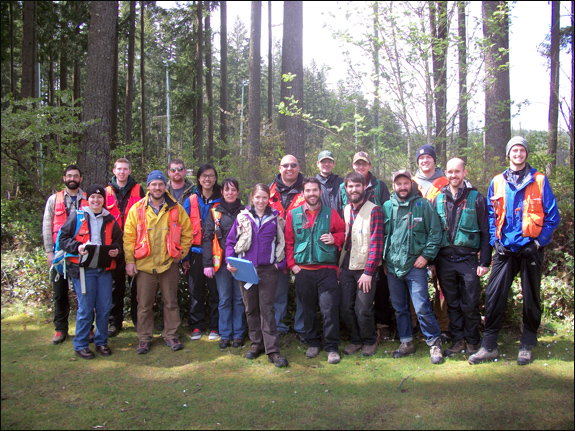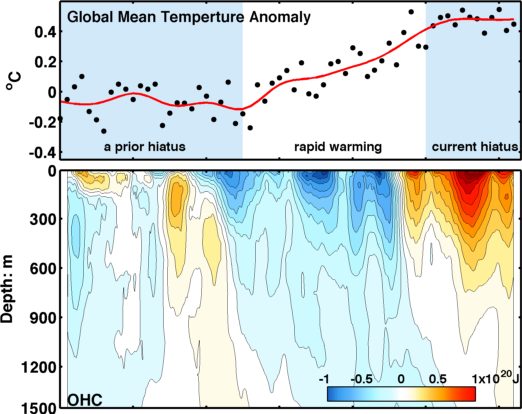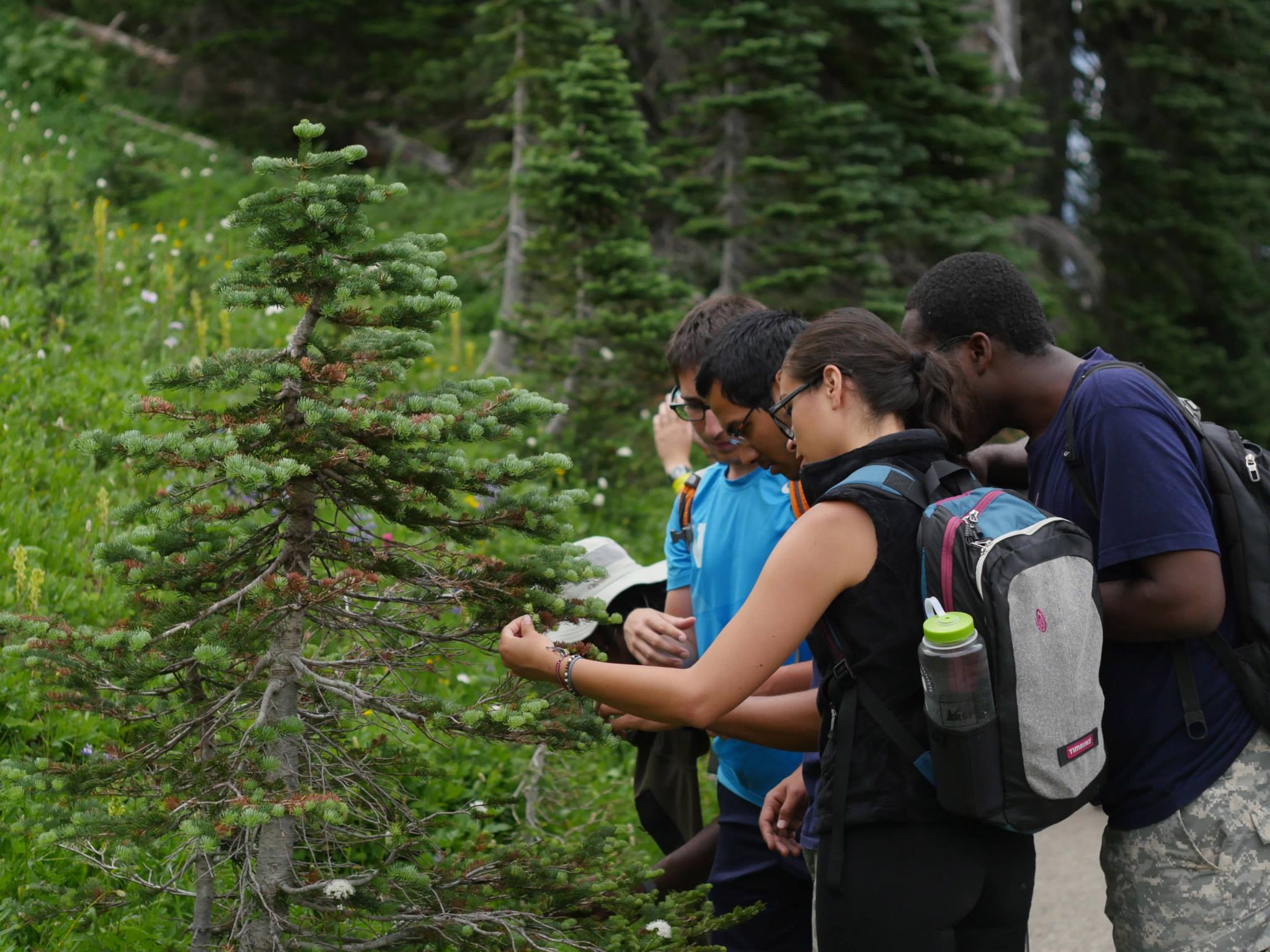The College of the Environment is full of opportunities for students to try their hand at solving real world problems that come with managing natural resources. This past spring, School of Environmental and Forest Sciences students partnered with King County to develop a forest stewardship plan for the newly acquired Black Diamond Natural Area. Taking into account the property’s multiple uses, students addressed the social, economic, and environmental issues that will serve the county’s needs for the long term.
Read more on the SEFS Blog »Atlantic Ocean caught storing heat for decades, creating global warming "staircase"
Following rapid warming in the late 20th century, this century has so far seen surprisingly little increase in the average temperature at the Earth’s surface. At first this was a blip, then a trend, then a puzzle for the climate science community. New research co-authored by Ka-Kit Tung, a UW professor of applied mathematics and adjunct faculty member in atmospheric sciences, has found that the Atlantic Ocean has stored much of the missing heat, as part of a natural cycles.
Read more at UW Today »UW program aims to diversify the conservation workforce
The Doris Duke Conservation Scholars Program at UW wrapped up its inaugural year on August 14 in a symposium where students shared their experiences over the course of the summer. Focusing on the intersection of environment and society, the students spoke about the issues surrounding climate, water, biodiversity and food. Instead of learning about these topics solely in the classroom, a majority of their time was spent in the field around Washington state, including in our urban environments, along the coast, up in the mountains, and in the agricultural fields on the eastern side of the state.
Read more at the Seattle Times »Ancient shellfish remains rewrite 10,000-year history of El Niño cycles
Scientists by their very nature are inquisitive and creative, often figuring out novel ways to answer complex and perplexing questions. In a paper recently released in Science, College of the Environment oceanographer Julian Sachs and colleagues use ancient clam shells to peer into the past and piece together a 10,000 year history of climate driven by the El Niño Southern Oscillation.
Read more at UW Today »Ocean’s most oxygen-deprived zones to shrink under climate change
Climate change is complex, no doubt about it. Much of that complexity lies in the interconnectedness of our world, where scientists are continually striving to increase our understanding of how natural systems function and may be affected with the ripple effects associated with a changing climate. Sharpening our understanding helps us better predict what the future holds. In a recent paper published in Science, College of the Environment’s Oceanography associate professor Curtis Deutsch talks about a new link in the climate change story, and how it may play out in terms of the oxygen depleted zones of our oceans.
Read more at UW Today »





